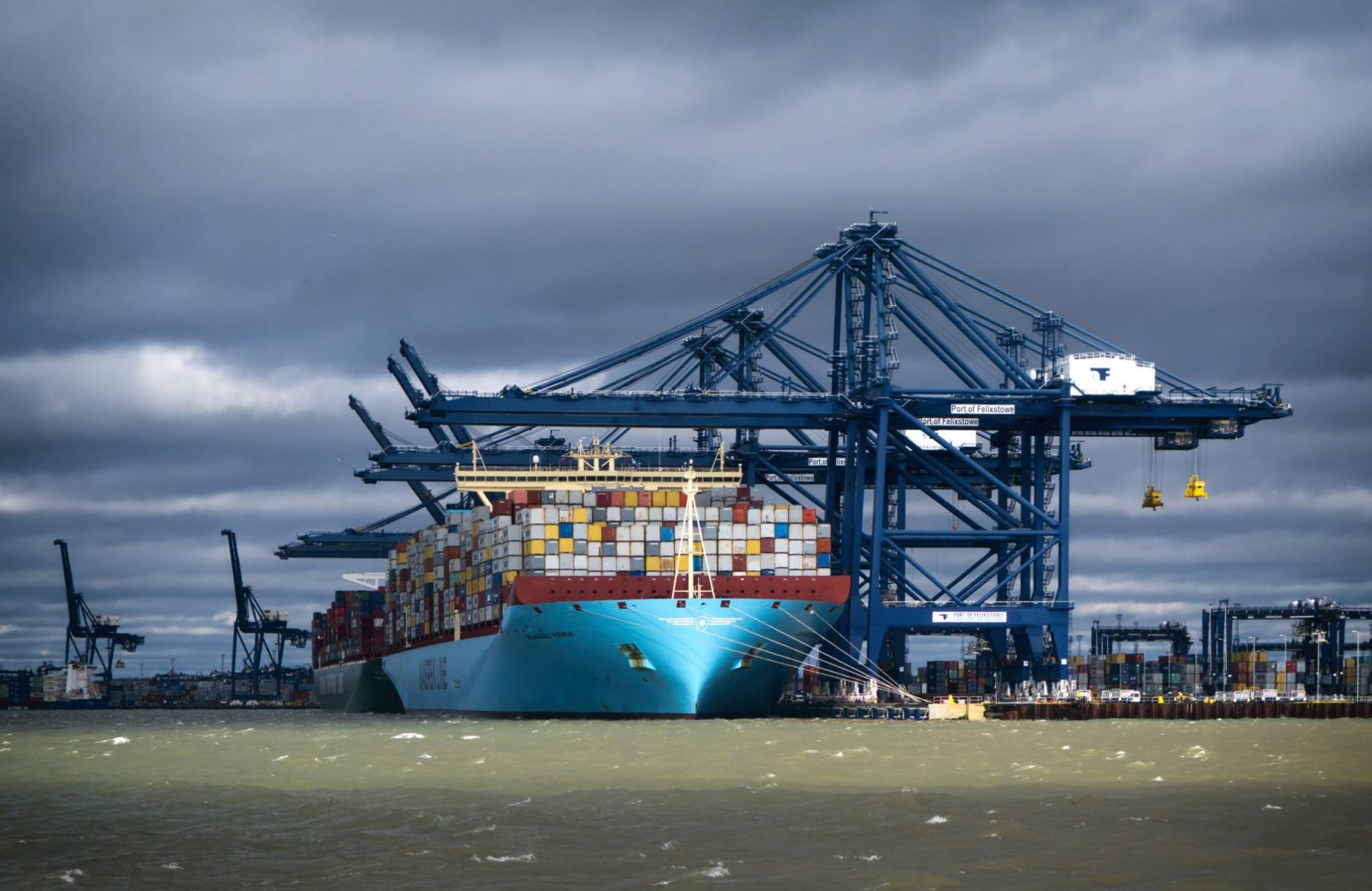
Challenges and opportunities facing the UK ports sector
Freshwater’s Samuel Rowe reports back from the Waterfront Conference Company’s Ports Conference on the prospects for ports in the coming months and years.
Throughout the first day of Waterfront’s UK Ports Conference, one word dominated: Brexit. Perhaps unsurprisingly, but until the current impasse reaches a conclusion, everyone in the ports and maritime sector is being forced to speculate and take risks.
However, as maritime minister, Nusrat Ghani, noted in her opening speech to the conference, there is no reason why Brexit can’t be seen as an opportunity for those in the sector. Never before has the port sector been in the public eye as much as it has been over the last few years, as pundits and politicians pontificate over the perils of a no-deal Brexit for ports. There has never been a better time for ports to make their concerns known, as they are never more likely to catch the attention of the general public and those in Westminster.
Challenges and opportunities post-Brexit
While concern was raised about the potential for overcapacity at the Port of Dover post-Brexit, causing huge queues with trading being brought to a standstill, there appears to be a sense of optimism about the potential opportunities. The Port of Dover currently accounts for 46% of the total roll-on / roll-off (RoRo) traffic between the UK and the EU. There is consensus that that there are many other ports across the country that can, and should, take on some of that load, spreading the burden, and the revenue that comes with it, to ports located in Immingham, Holyhead and the like.
Brexit aside, much of the sector internationally appears to be in rude health, considering the turmoil surrounding the global economy. Drewry is forecasting growth of 3.9% for 2019, with growth predicted to return from 5% per annum from 2020. This comes, however, with lots of caveats – the outcome of the ongoing US-China trade war and, of course, Brexit could destabilise the market, while the International Maritime Organisation sulphur emissions cap, due in 2020, could cause real problems if those in shipping do not get prepared. Regionalisation and intra-trading in continents, as opposed to trading across the world, could also limit the demand for the largest vessels, causing further slowdown in the industry.
Focusing on the UK, connectivity between ports remains a large problem, and one that the sector must continue to lobby to rectify. A presentation from Transport for the North highlighted the issue, showing the complete lack of rail freight paths that run from East-West in the North of England. This causes two serious problems for the industry: limiting the potential for growth and forcing more freight on to the roads, creating more pollution across the country. If we want ports in the UK to succeed after Brexit, and for the load from the Port of Dover to be shared across all ports, we must build the infrastructure to allow this to happen. Our port facilities may be world-class, but without proper connectivity, they will never reach their full potential.
RecruitING FOR the ports sector
Skills came up again and again across the day, and attracting the right people and getting them ready for roles in the maritime sector remains something that many employers struggle with. Statistics from Port Skills and Safety showed that just 2% of the world’s seafarers are women, along with just 4% of the UK’s certificated officers active at sea. As the current workforce continues to age, encouraging younger, more diverse workers in to the industry continues to be one of the highest priorities. Everyone agrees that more must be done, and initiatives such as Maritime UK’s ‘Women in Maritime Task Force’ are encouraging steps forward. A more inclusive, diverse labour force will only increase profitability and productivity, and it’s up to the sector to get on with it.
Read more about our work in the ports sector here.
Image credit: whitemay
